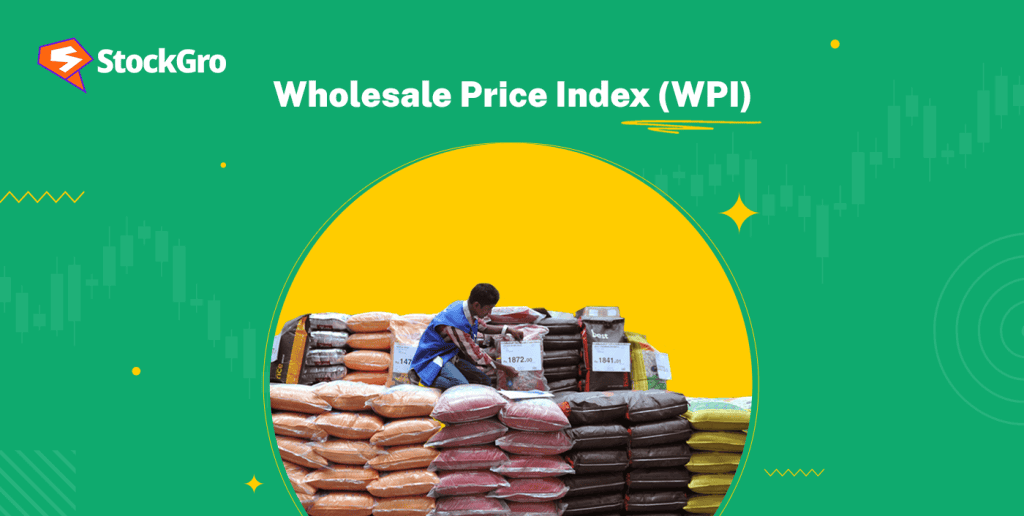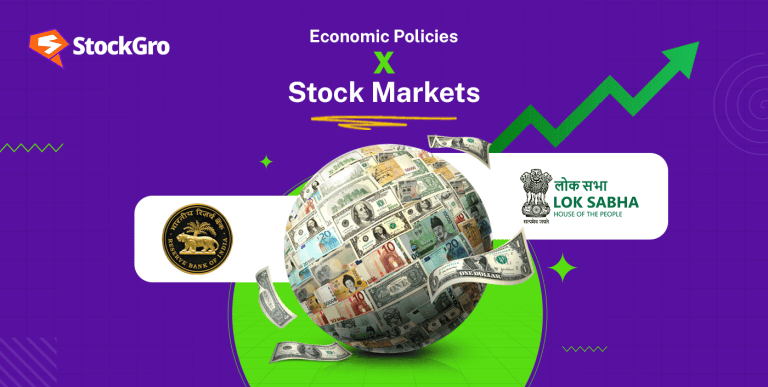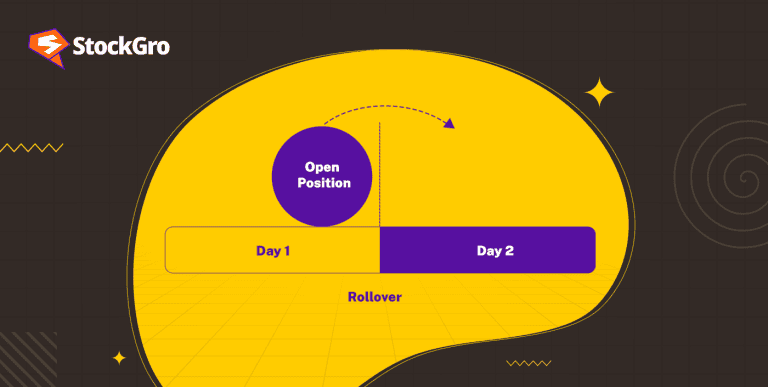
The Government of India and the Reserve Bank of India (RBI) use various measures and indexes to gauge the level of inflation in the economy. Based on this data, the government and RBI make fiscal and monetary decisions to tame inflation.
In this article, we will study the Wholesale Price Index (WPI), which is used as a gauge of inflation in the country. We will study WPI definition, how it is calculated and how it is interpreted.
What is the wholesale price index?
The Wholesale Price Index (WPI) calculates the price of commodities and goods at the wholesale level, meaning before they reach the retail market. A rising WPI suggests rising inflationary pressures and a falling WPI suggests deflationary pressure. In India, this index is calculated by the Office of the Economic Advisor (OEA) under the Ministry of Commerce and Industry.
To calculate WPI in India, OEA collects price data for 697 commodities and goods. These goods involve agricultural goods, minerals, fuel and power, manufactured products, etc. Different weightage is given to all these goods to calculate the wholesale price index.
A base year is then selected, the year from which WPI is measured, and the value given to the base year is 100. Currently, OEA uses 2011-12 as the base year for calculating WPI. The base year was revised from the previous base of 2004-05 to add a broader range of goods.
The formula of WPI is simple – (Prices in the current period / Prices in the base period) * 100
The prices mentioned in the above formula include the total weighted average price of all 697 goods used to calculate the index.
For example, in the base year 2011-12, the value of WPI is set at 100, and in 2022-23, the index shows a value of 152. It would mean that from 2011-12, prices of goods on a wholesale level have increased by 52%.
Also read: Different types of inflation: How does it impact your finances?
How is WPI used?
WPI is used by various stakeholders in various forms. Governments, Economists, and Investors all use WPI in their ways. Let us look at how each of these stakeholders uses the WPI and how they interpret it.
- Government: The primary use of WPI is that it is one of the indexes tracked by the RBI to gauge inflation. This data is used while setting interest rates.
For example, a rise in WPI, along with other measures of inflation, might convince RBI to raise interest rates. This data also suggests which individual sectors are experiencing significant price changes, enabling targeted policy and intervention to stabilize prices.
- Economist: Economists use WPI to study the inflationary or deflationary trends in the country. This helps them suggest and recommend the right policy path to the government and also study the historical impact of certain policies and measures on inflation.
For instance, if an economy is recovering from depression or recession, then a rising WPI can be a sign of relief as it would indicate a rising price, meaning the demand for goods and commodities is rising.
- Investors: Investors can also gain useful economic insights about the economy with the help of WPI. Investors can use WPI data to understand the trends of consumer spending and predict corporate earnings.
WPI data for individual commodities also give insights about which sector is performing better than others based on price changes. Traders also use WPI data to predict future policy changes by the RBI and thus take trading positions in anticipation of further increases or decreases in interest rates.
Also read: Fiscal policy and interest rate: What’s the link?
Limitations of WPI
As advantageous as WPI might be it comes with its own set of challenges.
- Exclusion of services: WPI focuses on commodities and goods, and it does not take into account the services sector. Although the services sector accounts for a significant contribution to the GDP, it is ignored in WPI calculation. It might lead to an incomplete representation of the economy.
- Quality change: WPI does not account for the changes in the quality of goods. The quality of goods and changes in consumer preferences are not gauged by the WPI. This index only accounts for quantity and price.
- Data collection: Data collection for WPI calculation is a tedious task, and it might lead to time delays. Data collected for calculating WPI does not give a complete picture of the economy since it excludes the unorganized sector. The data collected is from a sample and not the whole population, so there might be some discrepancies in the data.
- Lack of retail price reflection: WPI calculation does not account for the prices paid by the end consumers and thus does not gauge the inflation experienced by end users of goods. Consumer Price Inflation (CPI) is used for this purpose.
Also read: Interest rate risk – Meaning and risk management strategies.
Conclusion
Wholesale price index (WPI) is a measure of inflation in a country. It is used by various stakeholders like the government, economists, and investors to understand the inflation trends of the economy. WPI has some limitations. WPI, along with other gauges of inflation, is a key metric in economic policy formation for any country. WPI base year, weightage, and number of goods included are revised from time to time to give a more comprehensive picture of the economy.
FAQs
- What are the advantages of WPI?
Wholesale price index covers a broad range of goods and commodities and it gives a clear picture of inflationary trends. WPI is one of the preferred gauges used by the RBI to measure inflation and set policy. This index also gives insights into how various sectors of the economy are behaving.
- How is WPI calculated?
WPI is calculated using the formula – (Price in current period / Price in base period ) * 100. The starting value of WPI is 100. The prices used in the formula are the total weighted average prices of a basket of goods like agricultural goods, minerals, fuel and power, manufactured goods, etc.
- What does WPI say about inflation?
A rising wholesale price index is usually indicative of rising trends of inflation and a falling WPI indicates falling inflation or deflation. Changes in WPI are tracked on a yearly as well as monthly basis to get a short-term and long-term picture of inflation in the economy.
- What are some limitations of WPI?
WPI does not include the services sector. Services sector activities like transportation, education, healthcare, etc, are not included. WPI also ignores the unorganized sector. The collection of data for WPI calculation is done from a big pool and might sometimes lead to discrepancies and delays.
- Who calculates the WPI in India?
In India, the collection of data and calculation of WPI is done by the Office of Economic Advisor (OEA), Department for Promotion of Industry and Internal Trade, Ministry of Commerce and Industry. The OEA is also responsible for timely revisions to the calculation methodology of the index to give a better picture.

